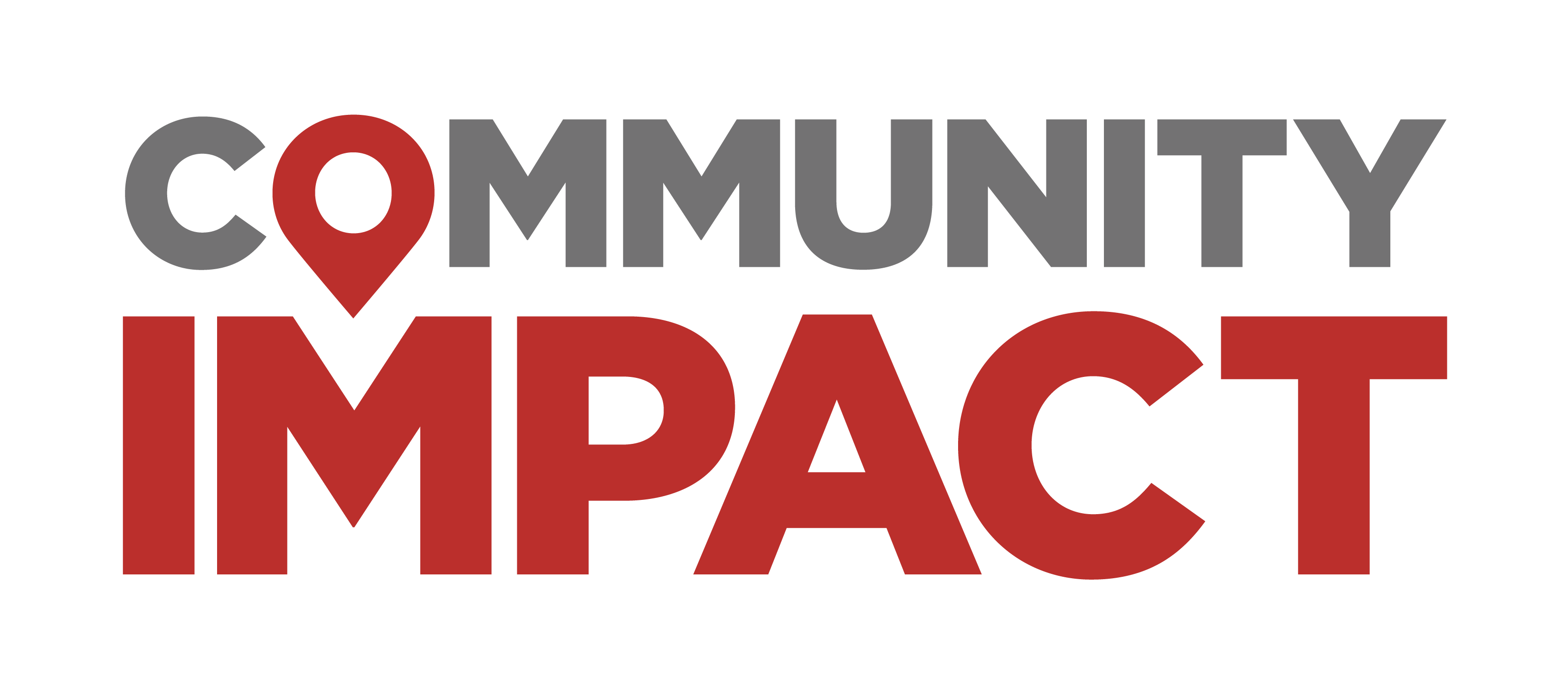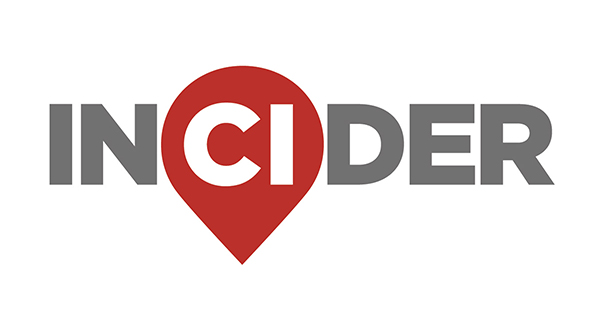The bulk of expenditures—about 85% of the $511.92 million preliminary budget—are tied to staff salaries to keep up with LCISD’s growing student enrollment, making state revenue from student enrollment and daily attendance rates contribute to managing the potential shortfall, Superintendent Roosevelt Nivens said at the April 14 board meeting.
“The quickest way you can tell if there is a deficit is when you have too many [staff members] and not enough children,” Nivens said. “[If children are] not at school, you can’t make that money ... to pay the [staff].”
Meanwhile, officials said they look to improve attendance rates and are hoping for changes to state funding formulas to close the budgetary gap.
"We don't like to be short, but this is the time of year we typically are,” Chief Financial Officer Jill Ludwig said of the budget gap. “There are adjustments that will be made to revenue, and I'm really projecting that those revenues will go up, so that'll close that gap a little bit."
How it works
More than half of the district’s revenue is from state funding based on student enrollment and attendance rates, with a base annual rate of $6,160 per student, Ludwig said.
The 2025-26 budget is built on a high-growth scenario from demographic firm Zonda that projects an enrollment of 48,951 students—over 2,400 more than last year, Ludwig said.
Ludwig also presented an estimate of 94.5% attendance rate, lower than the current 95% rate, saying that a difference in 1 percentage point equates to about $3.3 million more in state revenue.
Ludwig said the local revenue is built on following key financial assumptions:
- 8% growth from 2024-25 in property taxes, with a taxable base estimated at $30.29 billion within LCISD’s boundary
- 99% tax collection rate
- Homestead exemptions remaining at $100,000 for owner’s primary home
- Trustees approving a property tax rate of $1.1447 per $100 valuation
Ludwig said despite the projected shortfall, district leaders are prioritizing employee pay and recommend the following raises:
- A $2,000 flat raise for all teachers on the salary schedule, bringing starting teacher pay to $65,700
- A 3% raise at the midpoint for other staff groups
The options
In addition to teacher raises, the district’s budget committee is considering raises for instructional aides and substitute teachers in the special education department, Ludwig said.
A realignment of their pay grades for instructional aides to match competing districts would cost an estimated $1.4 million, plus an additional $908,000 for the proposed 3% midpoint raise.
Ludwig said the budget also proposes the following for substitutes in self-contained special education classrooms:
- $187,500 to train and observe 100 substitutes
- $220,500 to increase daily pay rates by $35
- $147,000 to increase wellness, or mental health, days from two to four
Bills to watch
Board President Zach Lambert said the impact of the ongoing 89th Texas legislative session—especially House Bill 2 and Senate Bill 2 under review in Austin this week—could affect the district’s financial outlook if changes are made to the state’s basic allotment, a major revenue source.
Lambert urged residents to contact state representatives in support of increasing school funding.
“That increase in the basic allotment will allow us to meet the need we have,” Lambert said. “It's not going to allow us to go into excess or have these extra frills, ... [but it] will help us ... somewhat afford this quality education.”
At a March board meeting, district officials outlined other priorities for the legislative session, including a change from attendance- to enrollment-based funding and mandates that developers set aside land for building schools, known as “critical infrastructure.”
Looking ahead
District officials will review facilities rental policies and substitute pay structures in the coming months leading up to compensation proposals, which will come to trustees for approval May 5, Ludwig said. The FY 2025-26 budget is set to be adopted in June.
In August, the board will hold a public hearing before adopting the property tax rate and making any amendments to the budget as appraisal data arrives and legislative developments unfold, Ludwig said.





